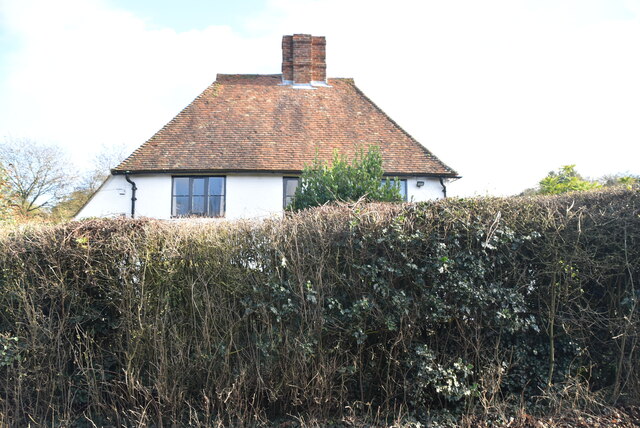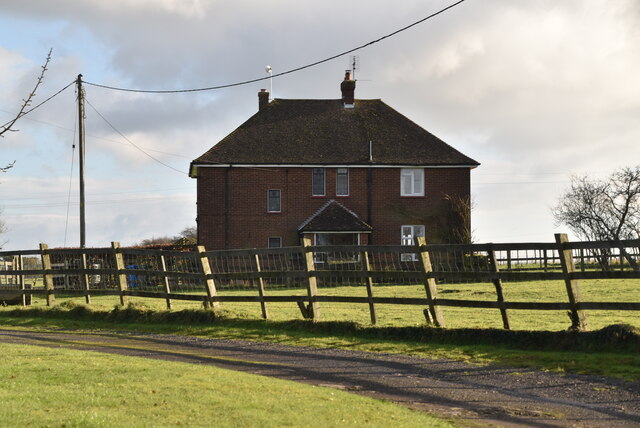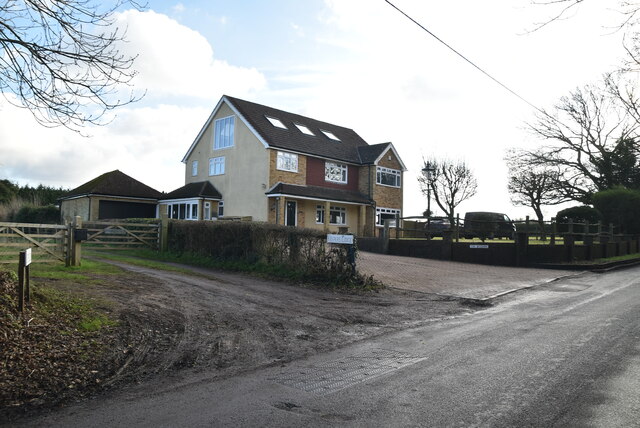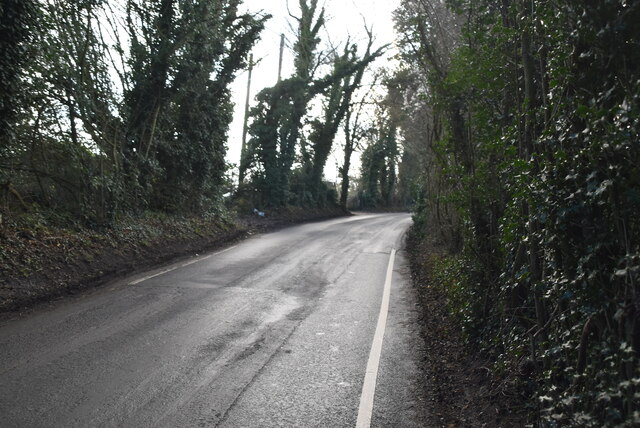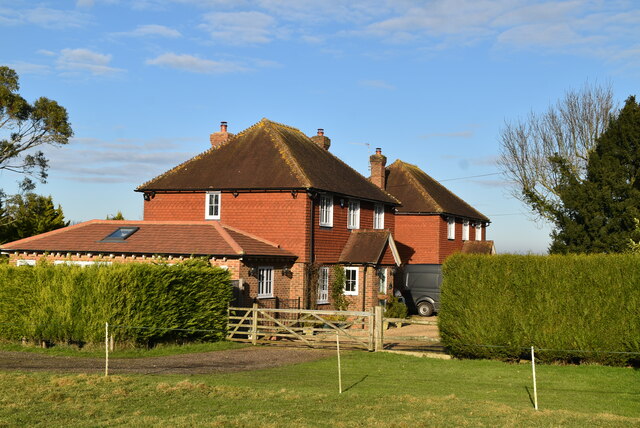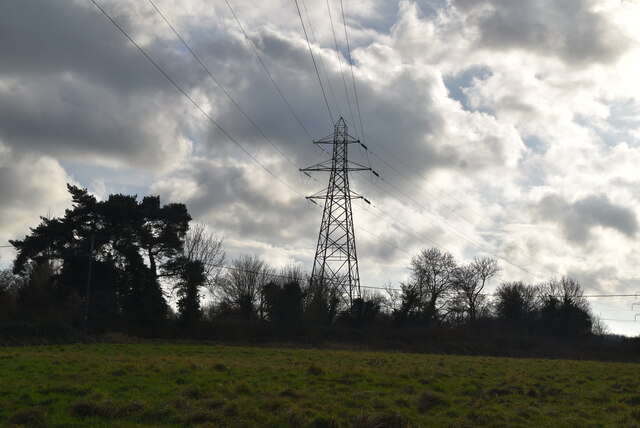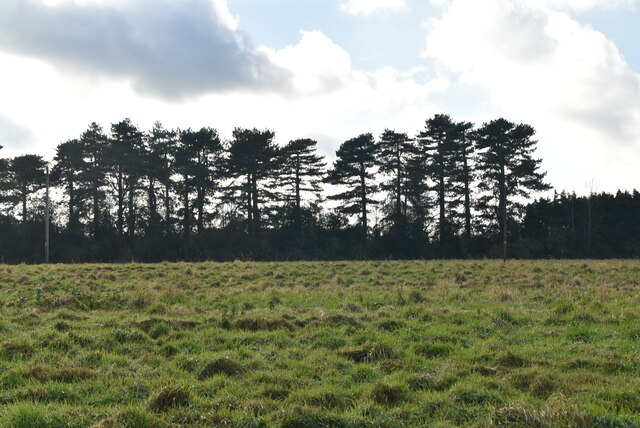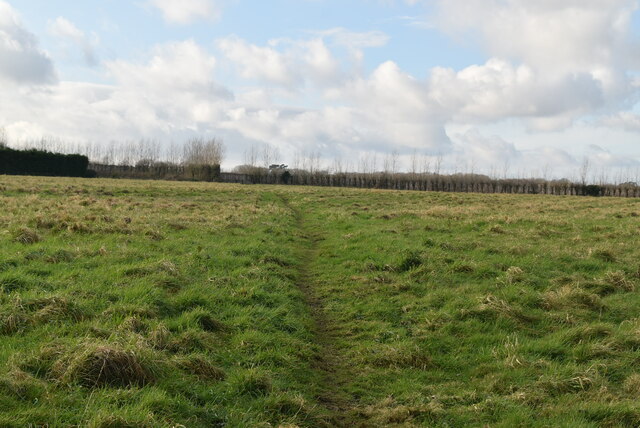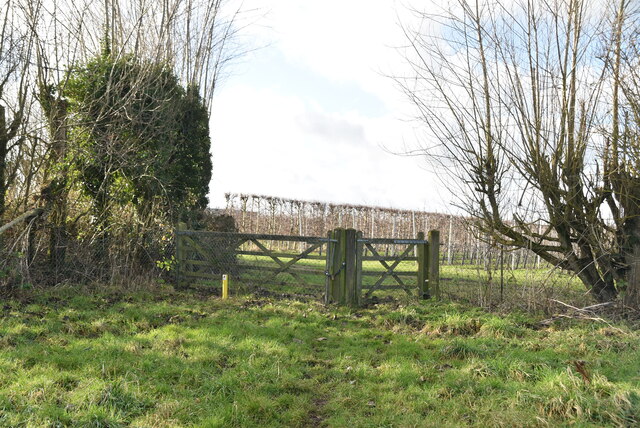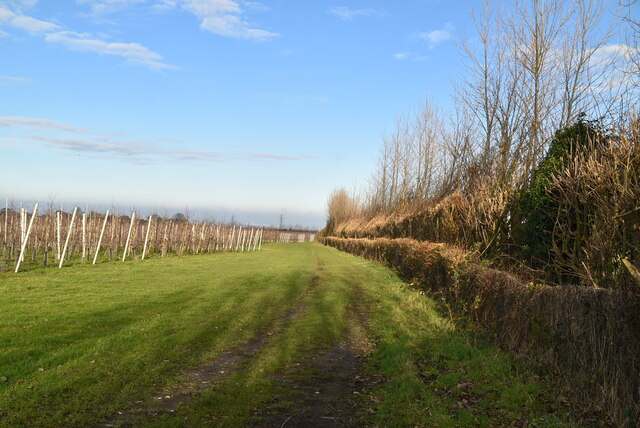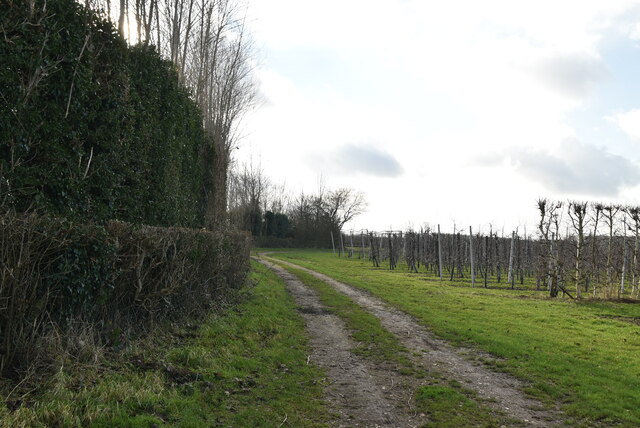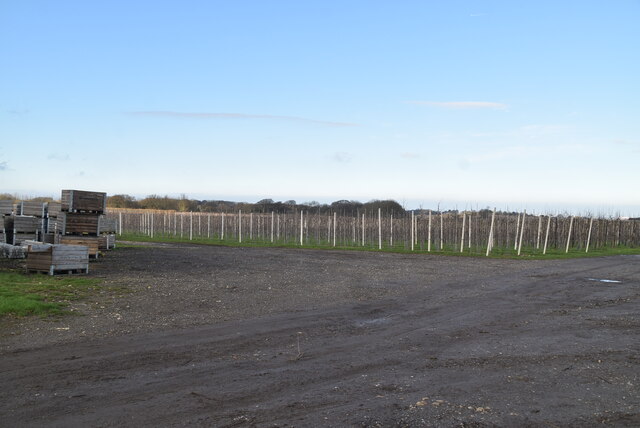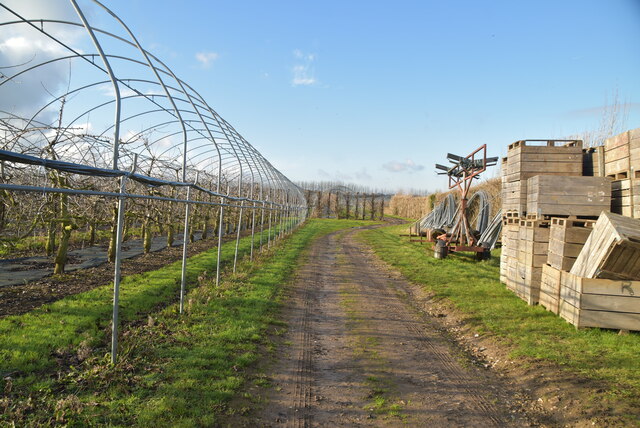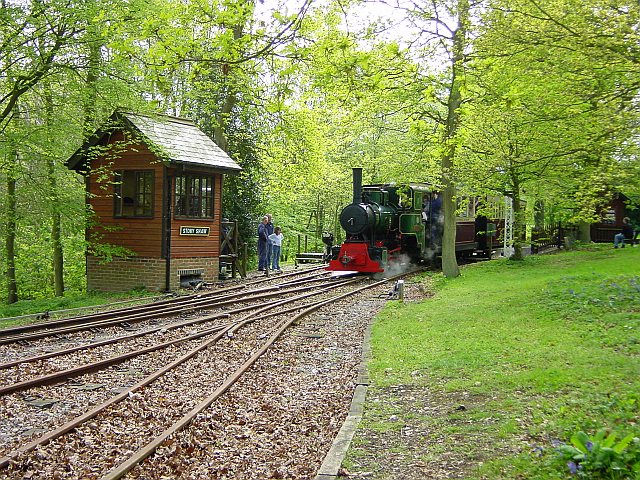Great Darby Shaw
Wood, Forest in Kent Maidstone
England
Great Darby Shaw
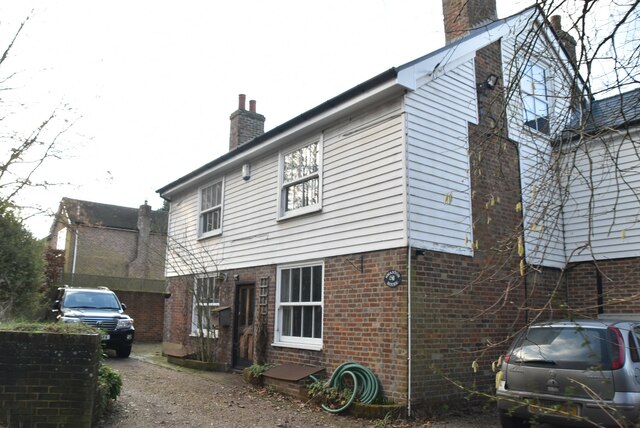
Great Darby Shaw is a scenic woodland located in Kent, England. This forested area is renowned for its natural beauty and tranquil atmosphere, making it a popular destination for nature enthusiasts and outdoor enthusiasts alike. The woodland covers a vast area, with a mix of dense woodland, open meadows, and picturesque ponds.
The forest is home to a diverse range of plant and animal species, including majestic oak, beech, and birch trees. These towering trees provide a lush green canopy, creating a serene and peaceful environment. The forest floor is carpeted with a variety of wildflowers and ferns, adding a burst of color to the landscape.
Great Darby Shaw boasts an extensive network of walking trails and cycling paths, allowing visitors to explore its stunning surroundings at their own pace. These well-maintained trails take visitors through different sections of the woodland, offering breathtaking views of the surrounding countryside and glimpses of wildlife along the way. The forest is also a haven for birdwatchers, with numerous species of birds making their nests and feeding in the area.
In addition to its natural beauty, Great Darby Shaw offers recreational activities such as picnicking, camping, and fishing. There are designated picnic areas where visitors can relax and enjoy a meal amidst the peaceful surroundings. The forest also has a designated camping area, providing an opportunity for overnight stays and a chance to immerse oneself in the wilderness.
Overall, Great Darby Shaw is a haven of natural beauty and tranquility, offering visitors a chance to escape the hustle and bustle of everyday life and reconnect with nature.
If you have any feedback on the listing, please let us know in the comments section below.
Great Darby Shaw Images
Images are sourced within 2km of 51.285412/0.67631858 or Grid Reference TQ8657. Thanks to Geograph Open Source API. All images are credited.
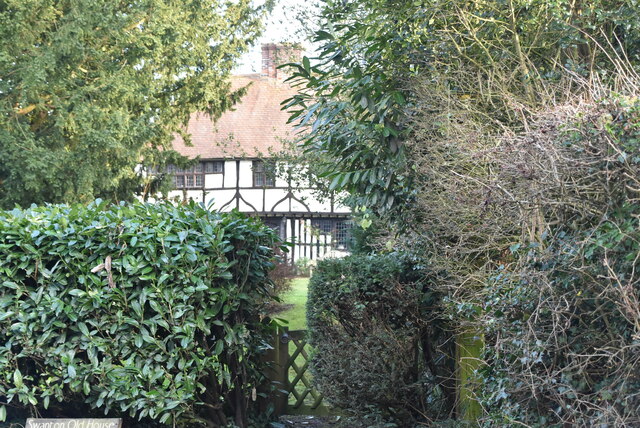
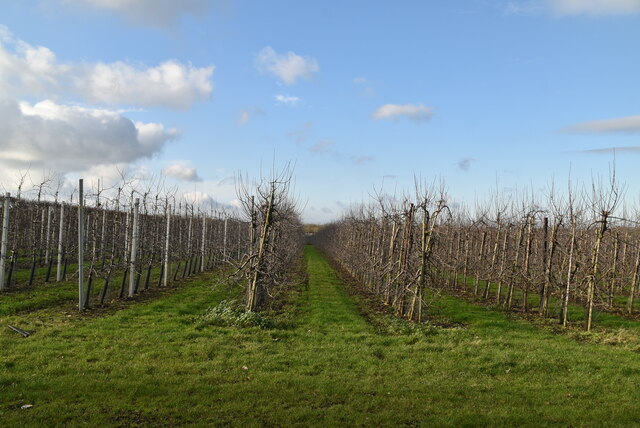
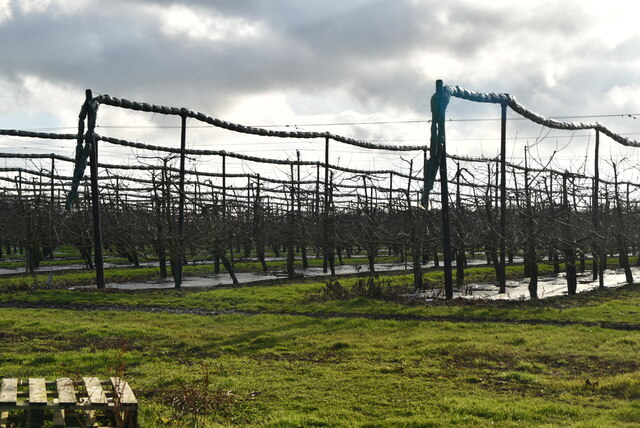
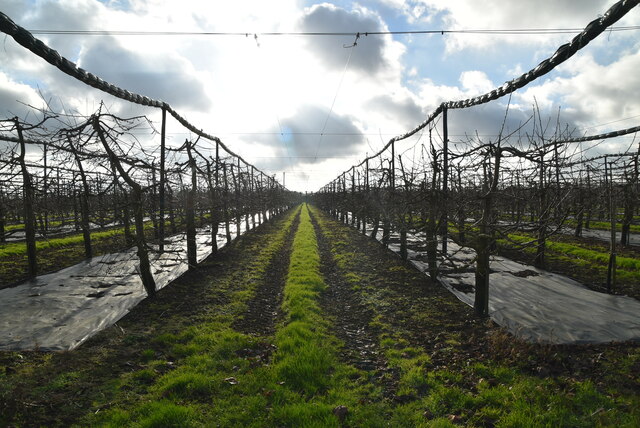
Great Darby Shaw is located at Grid Ref: TQ8657 (Lat: 51.285412, Lng: 0.67631858)
Administrative County: Kent
District: Maidstone
Police Authority: Kent
What 3 Words
///aliens.herbs.decently. Near Harrietsham, Kent
Nearby Locations
Related Wikis
Bedmonton
Bedmonton or Bedmanton is a hamlet situated about five miles (8 km) on a minor road between the B2163 road and Wormshill to the south of Sittingbourne...
Bicknor
Bicknor is a village and civil parish in the Maidstone district of Kent, England, north-east of Maidstone and south-west of Sittingbourne. It had a population...
Wormshill
Wormshill ( wurmz-HIL), historically Wormsell, is a small village and civil parish within the Borough of Maidstone, Kent, England. The parish is approximately...
Bredgar and Wormshill Light Railway
The Bredgar and Wormshill Light Railway (BWLR) is located near the villages of Wormshill and Bredgar in Kent, just south of Sittingbourne. It is a 2 ft...
Nearby Amenities
Located within 500m of 51.285412,0.67631858Have you been to Great Darby Shaw?
Leave your review of Great Darby Shaw below (or comments, questions and feedback).
